Wheat Weeds
All Wheat Weeds Content
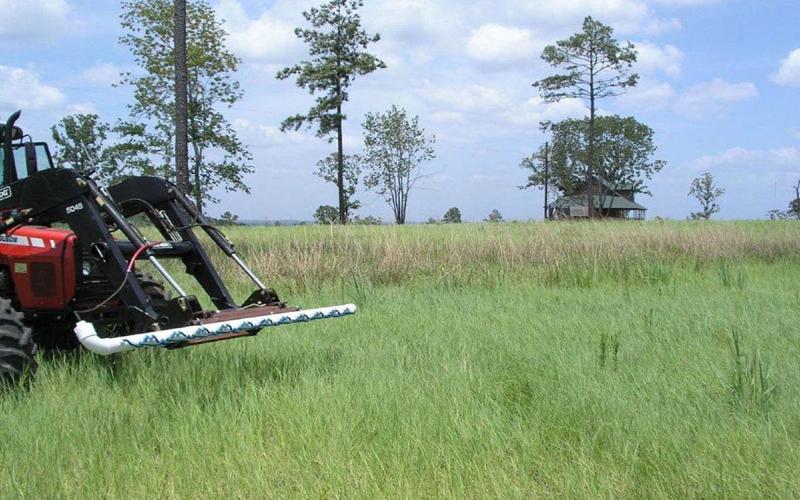
Low-Cost and Adaptable Plans to Build a Wick Applicator for Herbicides
From crop fields to home gardens, wick applicators can manage weeds by applying herbicides directly to weeds growing at a set height above desirable plants. Learn how to build one yourself in this article.
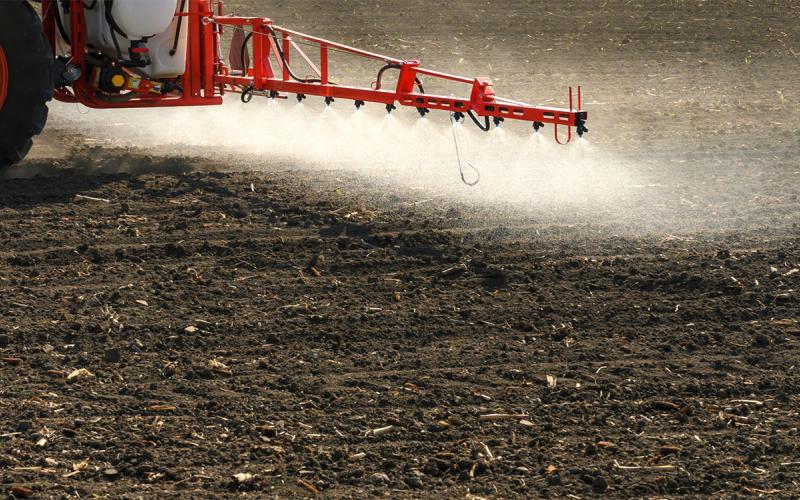
Preemergence Herbicide Application Considerations for 2024
Preemergence herbicides control germinating weeds, which minimizes early-season competition with crops to keep yield potential higher. Learn what factors influence their effectiveness and what can be done to avoid control failures and unintended crop injury.
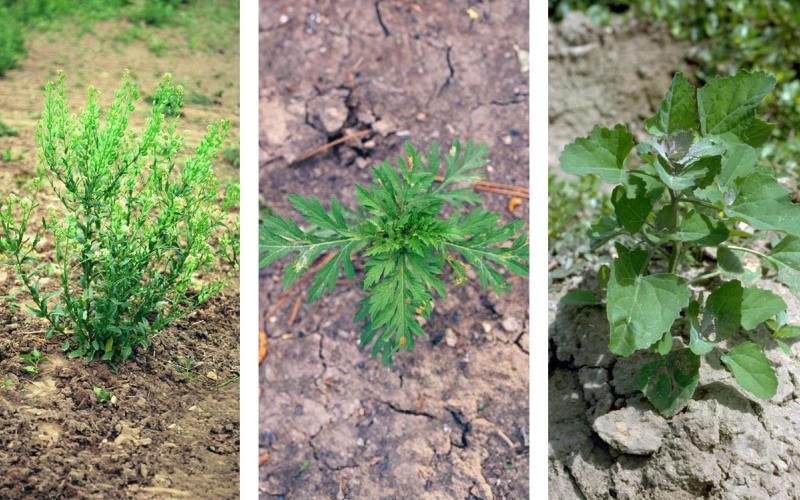
Early Emerging Weeds and Effective Management
Managing early emerging weeds before crop planting or emergence is important to minimize early season competition, which can lower yield potential, even if the weeds are managed later in the season. Learn some tips for getting started.
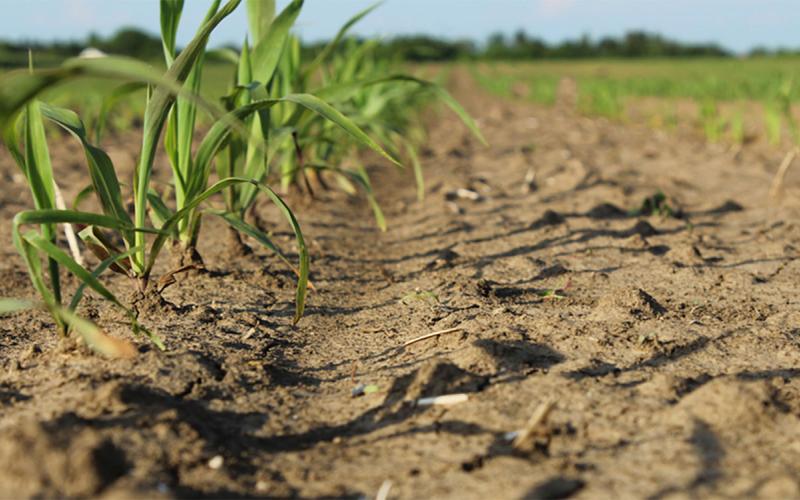
Herbicide Carryover Concerns for 2024
Herbicides with residual activity have great utility for weed management. However, due to environmental conditions, some herbicides can persist so that the crop grown next year can be injured.
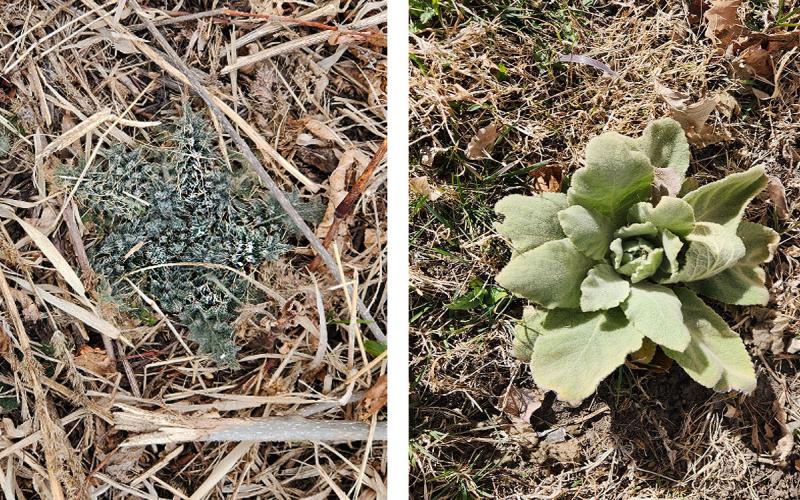
Biennial Weed Species Have Started to Emerge
The warmer weather this year has caused some biennial weed species to emerge earlier than normal. Learn some management considerations for areas that have been historically infested with biennial weeds.
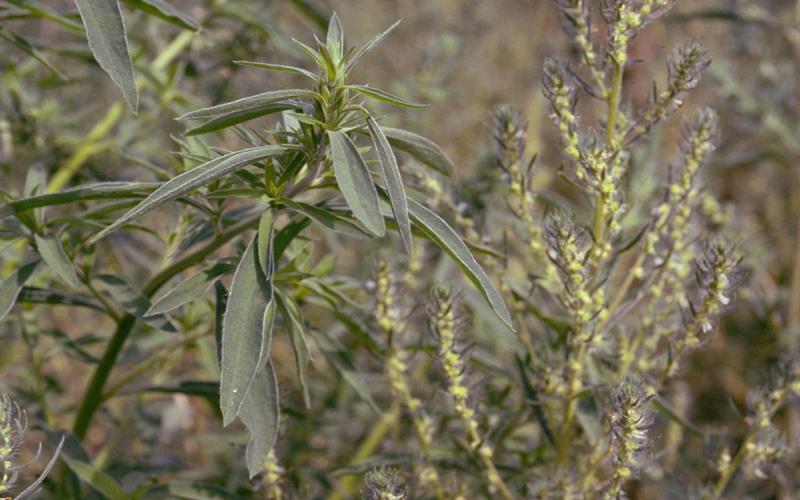
Kochia Preplant Burndown Management for 2024
Kochia is a weed that impacts many South Dakota crops, and it can reduce yields significantly if not properly managed. Learn some expert tips using chemical, cultural, and mechanical tactics to control it.

Winter Wheat Decisions
Winter wheat planting will soon be starting and a number of decisions will have to be made for a successful winter wheat crop, including: the time of planting, the choice of variety to be planted, disease and pest management decisions and crop insurance.

Now Is the Time To Plan For Noxious Weed Control in 2024
Since most of South Dakota has experienced several frosts, fall herbicide applications are likely near completion. However, now is the time to plan for noxious weed management for both spring and fall of 2024.
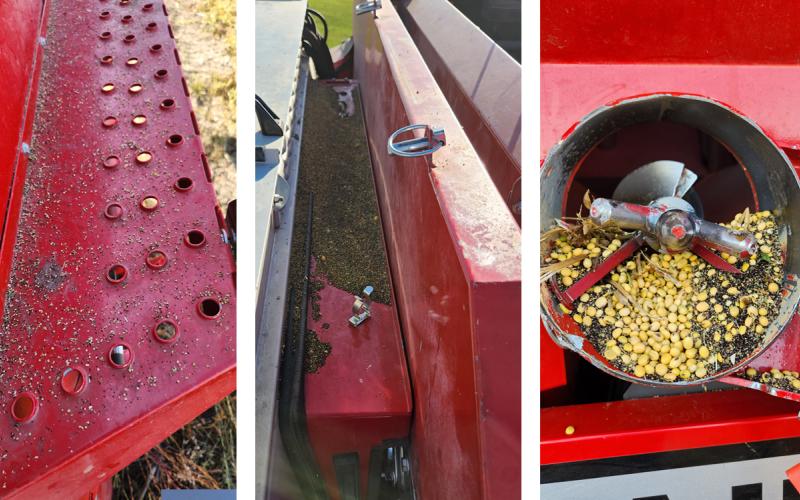
Evidence That Combines Can Transport Weed Seeds
A combine deliberately harvests crop grain, but it can also unintentionally transport weed seeds. Learn some tips for cleaning equipment and containing residues during harvest to prevent weeds from spreading this fall.
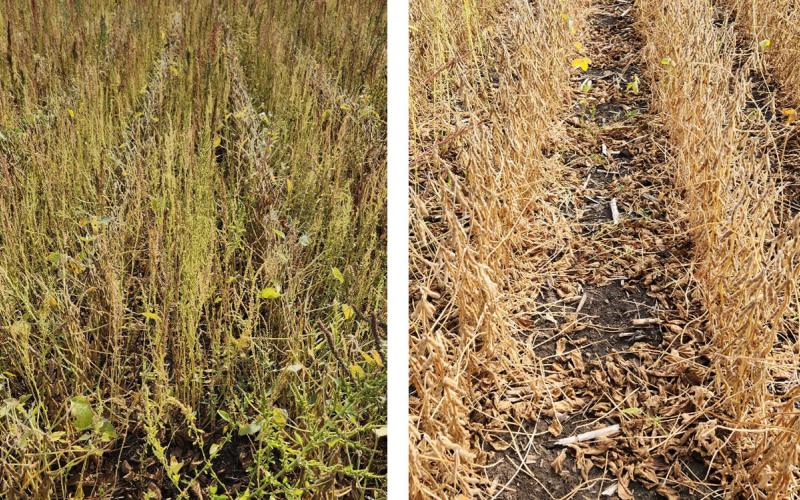
Order of Fields Harvested Can Improve Weed Management
Weeds at harvest time are hard to avoid, and their severity in fields can range from “clean” to a “weedy mess.” Harvesting weedier fields last can help limit the movement of weed seeds and reduce future weed pressure.